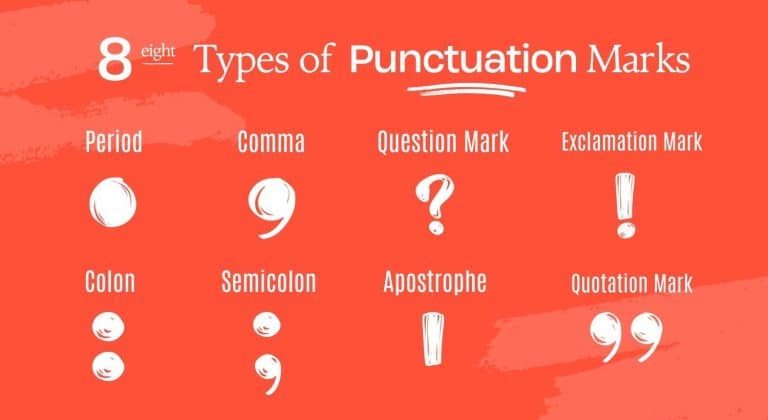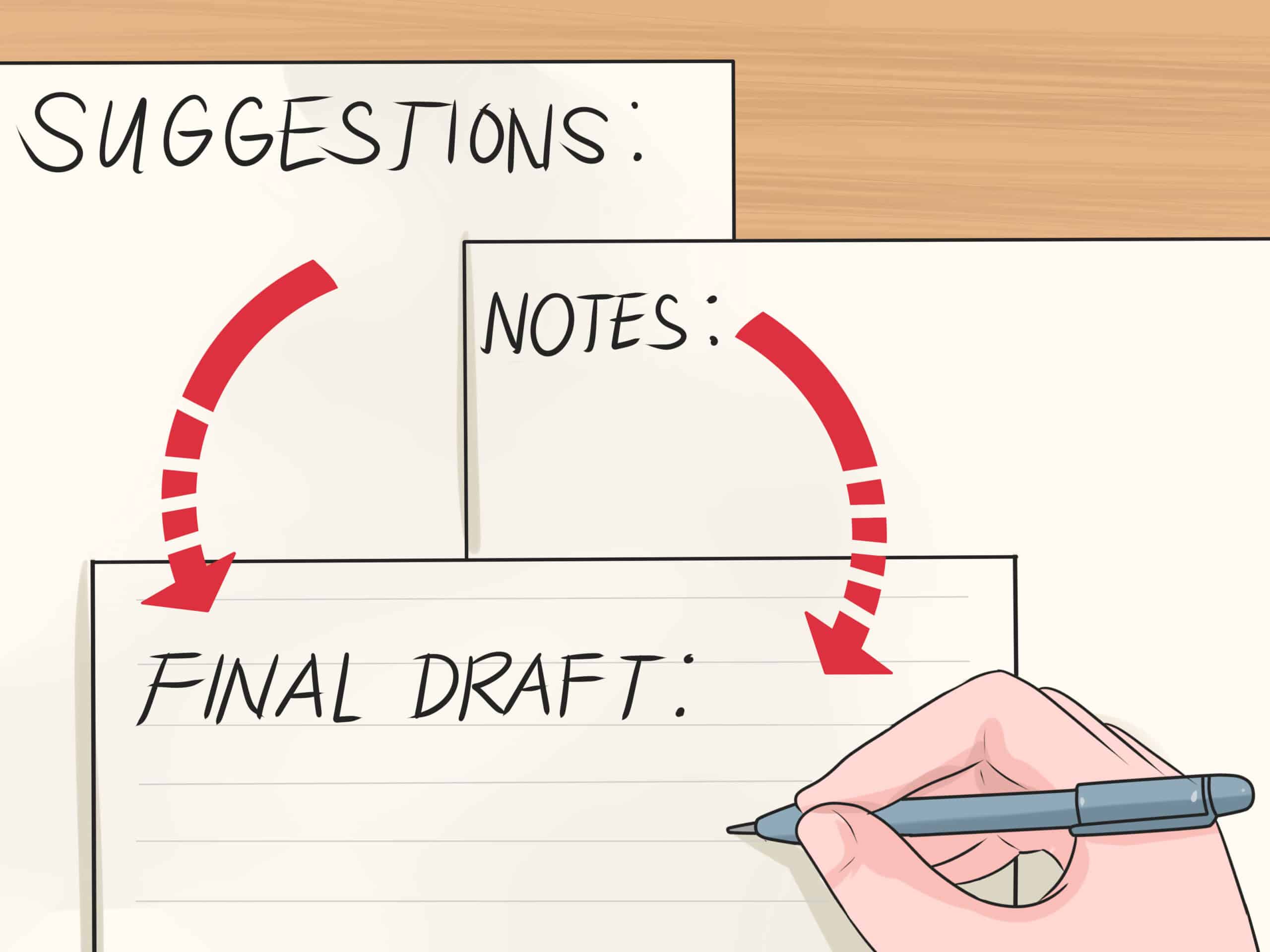
Punctuation Practice Exercises: Commas, Colons & More
Good writing isn’t just about using the right words—it’s also about using the right punctuation. Whether you’re writing a blog post, an academic essay, or an email, punctuation helps your reader understand your message clearly. This guide offers Punctuation Practice Exercises: Commas, Colons & More, so you can sharpen your grammar skills and write with confidence.
In this comprehensive post, we’ll walk you through the most common punctuation marks and show you how to use them correctly. You’ll also get hands-on practice with exercises that test your skills and provide clear explanations. By the end, you’ll be more confident in your punctuation and better equipped to write professionally.
Why Punctuation Matters
Imagine reading a sentence without punctuation:
Let’s eat grandma.
Now compare it to this:
Let’s eat, grandma.
The first version is alarming, while the second is a warm invitation. That tiny comma completely changes the meaning. That’s why Punctuation Practice Exercises: Commas, Colons & More are essential—they train your brain to spot such errors and avoid them.
Good punctuation enhances clarity, makes your writing more engaging, and ensures your readers understand your point without confusion.
Understanding the Basics: The Most Common Punctuation Marks
Before we dive into the Punctuation Practice Exercises: Commas, Colons & More, let’s review the most important punctuation marks.
1. Commas (,)
Use commas to:
- Separate items in a list: I bought apples, bananas, oranges, and grapes.
- After introductory elements: After dinner, we went for a walk.
- Around non-essential information: My brother, who lives in Canada, is visiting.
2. Colons (:)
Use colons to:
- Introduce a list: You’ll need three things: a pen, a notebook, and time.
- Introduce explanations: He was right: we did need to leave early.
- Emphasize a final point: She had one goal: win the race.
3. Semicolons (;)
Use semicolons to:
- Connect related independent clauses: I wanted to join them; I had to finish my work first.
- Separate complex list items: On our trip, we visited Rome, Italy; Paris, France; and Berlin, Germany.
4. Periods (.)
- Used to end declarative sentences: She loves to read novels.
5. Question Marks (?)
- Used at the end of direct questions: Are you coming with us?
6. Exclamation Points (!)
- Show strong emotion: What a beautiful sunset!
Punctuation Practice Exercises: Commas
Let’s begin with commas, the most frequently misused punctuation mark.
Exercise 1: Insert the comma(s)
Sentence: My dog likes to play fetch run in the park and chase squirrels.
Corrected: My dog likes to play fetch, run in the park, and chase squirrels.
Tip: Use commas to separate items in a list of three or more.
Exercise 2: Introductory phrases
Sentence: After the game we went out for ice cream.
Corrected: After the game, we went out for ice cream.
Explanation: Always place a comma after an introductory phrase.
Exercise 3: Non-essential information
Sentence: My uncle who is a chef made us dinner.
Corrected: My uncle, who is a chef, made us dinner.
Practice more: Review your own writing and look for places where a comma could help separate ideas.
Punctuation Practice Exercises: Colons
Now let’s look at colons, which are great for emphasis or introducing lists.
Exercise 4: Introducing a list
Sentence: The ingredients are flour sugar butter and eggs.
Corrected: The ingredients are: flour, sugar, butter, and eggs.
Explanation: Use a colon to introduce a list when the sentence before the list is a complete clause.
Exercise 5: Emphasizing a point
Sentence: She had only one thing on her mind winning.
Corrected: She had only one thing on her mind: winning.
Tip: When the second clause explains or emphasizes the first, use a colon.
Punctuation Practice Exercises: Semicolons
Semicolons often confuse new writers. These exercises will help.
Exercise 6: Linking clauses
Sentence: I love reading it helps me relax.
Corrected: I love reading; it helps me relax.
Explanation: Use a semicolon to join two related independent clauses without a conjunction.
Exercise 7: Complex list items
Sentence: The winners are Mia from France John from Germany and Li from China.
Corrected: The winners are Mia from France; John from Germany; and Li from China.
Why: Semicolons help separate list items when the items themselves contain commas.
Punctuation Practice Exercises: Mixed Review
Let’s apply all the punctuation marks you’ve learned.
Exercise 8: Mixed punctuation
Sentence: Tomorrow I need to do three things go to the bank finish my report and buy groceries.
Corrected: Tomorrow, I need to do three things: go to the bank, finish my report, and buy groceries.
Exercise 9: Emphasis and emotion
Sentence: I finally got the job I can’t believe it
Corrected: I finally got the job—I can’t believe it!
Note: This uses a dash (bonus tip!) and an exclamation point for added emotion.
Bonus Section: Dashes, Hyphens & Parentheses
Although our focus is on Punctuation Practice Exercises: Commas, Colons & More, here’s a quick look at other punctuation marks you’ll encounter.
Dashes (—)
Used to insert a strong break or emphasis.
Example: He was late—again.
Hyphens (-)
Used to connect words in compound modifiers.
Example: A well-known author.
Parentheses ( )
Used to include extra information.
Example: We visited the museum (which was recently renovated) last Saturday.
Real-World Application of Punctuation Practice
The goal of Punctuation Practice Exercises: Commas, Colons & More is to improve your real-life writing. Whether you’re crafting business emails, academic essays, social media captions, or personal blogs, correct punctuation makes your writing shine.
Try applying what you’ve learned to your next email or social post. For instance, before sending that work message, ask:
- Did I use commas to separate thoughts?
- Could a colon or semicolon improve clarity?
- Does my sentence end properly—with a period, question mark, or exclamation?
Practice Makes Perfect: Create Your Own Sentences
One of the best ways to improve is to create your own Punctuation Practice Exercises: Commas, Colons & More. Write five sentences each using:
- A comma for a list
- A colon for emphasis
- A semicolon to connect two ideas
- A question mark
- An exclamation mark
Then, revise them to ensure correct punctuation. This hands-on approach reinforces everything you’ve learned.
Common Punctuation Mistakes to Avoid
Even seasoned writers make mistakes. Here are some you can now avoid thanks to your work on Punctuation Practice Exercises: Commas, Colons & More:
- Comma splices: Incorrectly connecting two sentences with just a comma.
- Colon misuse: Using a colon after a verb or preposition.
- Semicolon confusion: Using a semicolon where a colon or period is needed.
Final Review Quiz: Test Your Knowledge
Choose the correct punctuation for each sentence:
1. She bought eggs milk and bread
A. She bought: eggs, milk, and bread.
B. She bought eggs, milk, and bread. ✅
2. He gave me one piece of advice never give up
A. He gave me one piece of advice: never give up. ✅
B. He gave me one piece of advice, never give up.
3. It was cold outside I still went for a walk
A. It was cold outside, I still went for a walk.
B. It was cold outside; I still went for a walk. ✅
Conclusion
Mastering punctuation doesn’t happen overnight, but consistent practice makes it second nature. By working through these Punctuation Practice Exercises: Commas, Colons & More, you’ve taken a big step toward writing more clearly and effectively.




